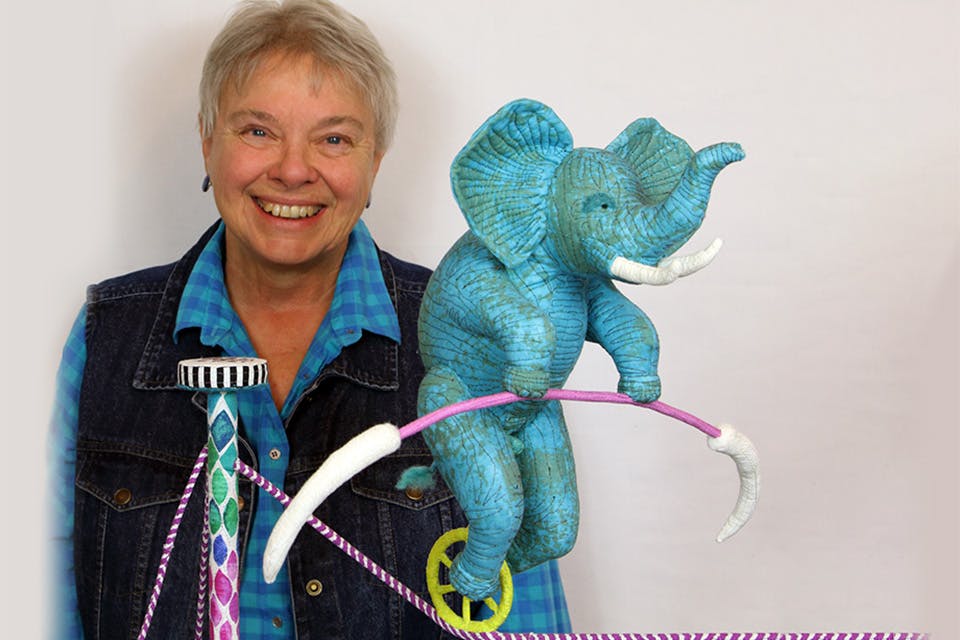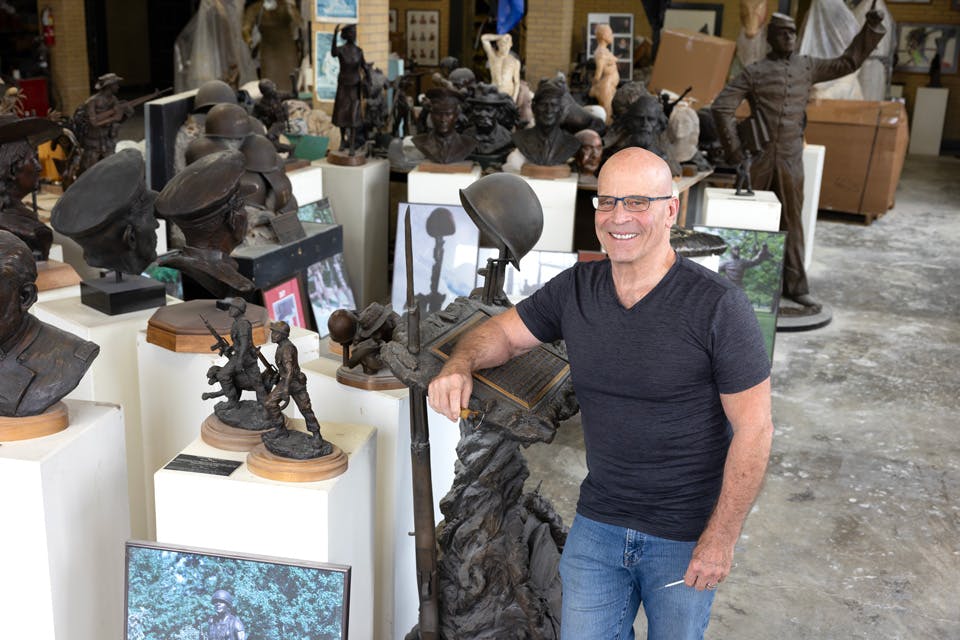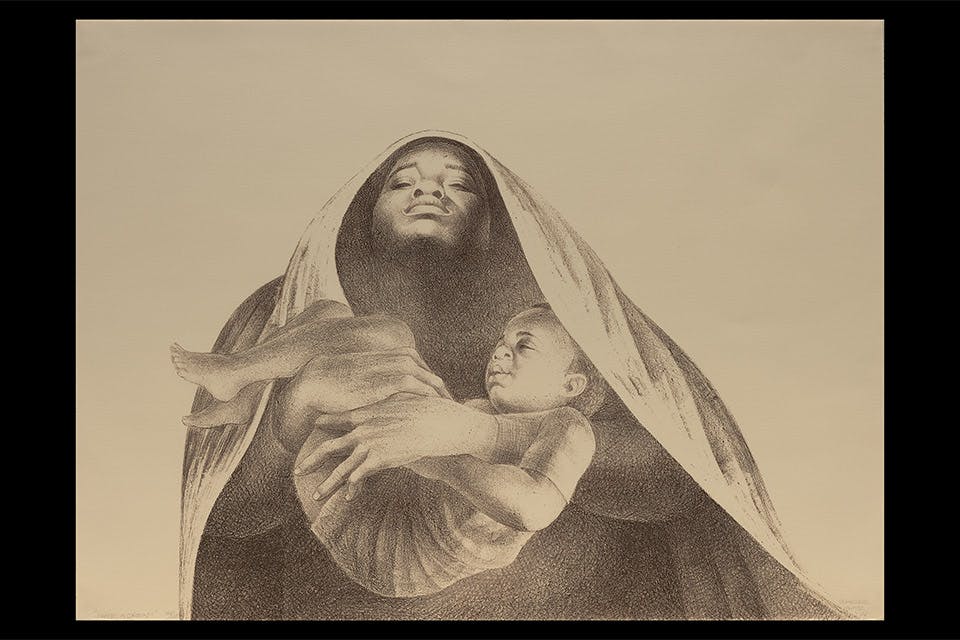Ohio Life
Quilts, Squared
What started as one small painting on a barn in Adams County has multiplied into an international art project, all started by one woman to honor her mother and her Appalachian heritage.
Related Articles

View a Whimsical Cloth Circus at Canton Museum of Art’s ‘Without a Net’
California-based artist Susan Else’s vibrant and fun creations are the focus of this exhibition, which runs from Nov. 21 through March 3. READ MORE >>

The Sculpted Visions of Alan Cottrill
The artist’s cast-bronze works are found across Ohio and far beyond. We visited his Zanesville studio to learn about his process and the road that led him to finding his passion. READ MORE >>

‘Charles White: A Little Higher’ in Cincinnati
The drawings, prints and paintings of this 20th-century artist are on display at this Cincinnati Art Museum exhibition Nov. 10 through Feb. 25. READ MORE >>

